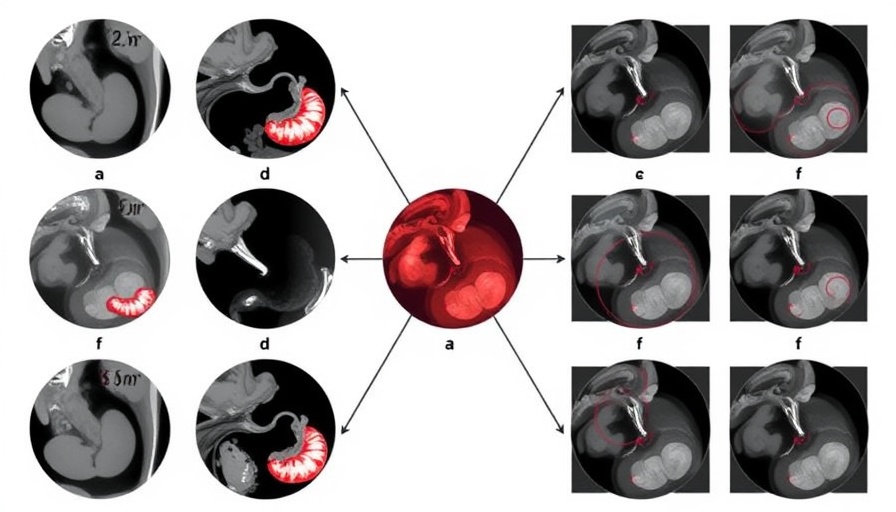
Understanding Sinus Membrane Perforation: Risks and Research
When it comes to dental procedures involving implants, sinus membrane perforation represents a significant risk factor that can affect surgical outcomes. Recent research has delved into pre-surgical risk assessments to better understand this complication, providing useful insights for dental professionals and patients alike.
Analyzing the Study: Key Findings
A recent retrospective cohort study investigated the incidence of sinus membrane perforation during implant surgeries, specifically evaluating the impact of pre-existing conditions and surgical techniques. The study's authors identified that factors such as age, sex, and specific anatomical features significantly influence the risk of perforation, reflecting the necessity of individualized assessment prior to surgery.
With advancements in imaging technologies, clinicians are now equipped to assess sinus anatomy more accurately. This study demonstrates the importance of integrating pre-operative imaging into risk assessments, further enabling dental professionals to navigate potential complications effectively.
Practical Implications for Patients and Dentists
For individuals aged 40 to 70, particularly those concerned about their oral health, understanding these risks is paramount. With the increasing popularity of dental implants among this demographic, ensuring all pre-surgical evaluations are thorough can significantly mitigate risks like sinus membrane perforation.
This underscores the value of open communication between patients and dental professionals about health histories and potential complications. Patients should advocate for comprehensive pre-operative assessments, ensuring their surgeons are fully informed of any relevant anatomical or health-related factors.
Future Trends in Dental Surgery
Looking ahead, the field of implant dentistry is leaning towards the integration of artificial intelligence (AI) and machine learning technologies. These innovations promise to enhance imaging techniques further, providing even more in-depth insights into patient-specific risks. For instance, AI could analyze large datasets to identify trends in sinus perforation incidents, aiding in the development of predictive models that refine surgical strategies.
As technology evolves, patients can expect more personalized dental care tailored to their unique anatomical and health profiles, thus improving the overall success rates of dental procedures.
Common Misconceptions About Sinus Membrane Perforation
There are several myths regarding sinus membrane perforation that could misinform patients. One misconception is that perforation is a rare occurrence. In reality, while careful techniques often minimize this risk, the complexities of individual sinus anatomy mean that perforations can happen more frequently than assumed.
Another common myth suggests that all sinus perforations lead to significant complications. However, many perforations can be managed effectively during surgery with appropriate techniques and immediate response, illustrating the importance of a skilled dental surgeon.
Conclusion: Knowledge and Preparation are Key
As the dental community continues to improve surgical techniques and risk assessments, patients and dentists must work collaboratively to ensure the best outcomes. By emphasizing thorough pre-operative evaluations and staying abreast of advancements in dental technologies, both parties can help navigate the potential risks associated with sinus membrane perforation more effectively.
If you’re considering dental implants, have an open conversation with your dentist about your concerns regarding sinus membrane perforation and any measures that can be taken to mitigate risks prior to your procedure.
 Add Row
Add Row  Add
Add 




Write A Comment